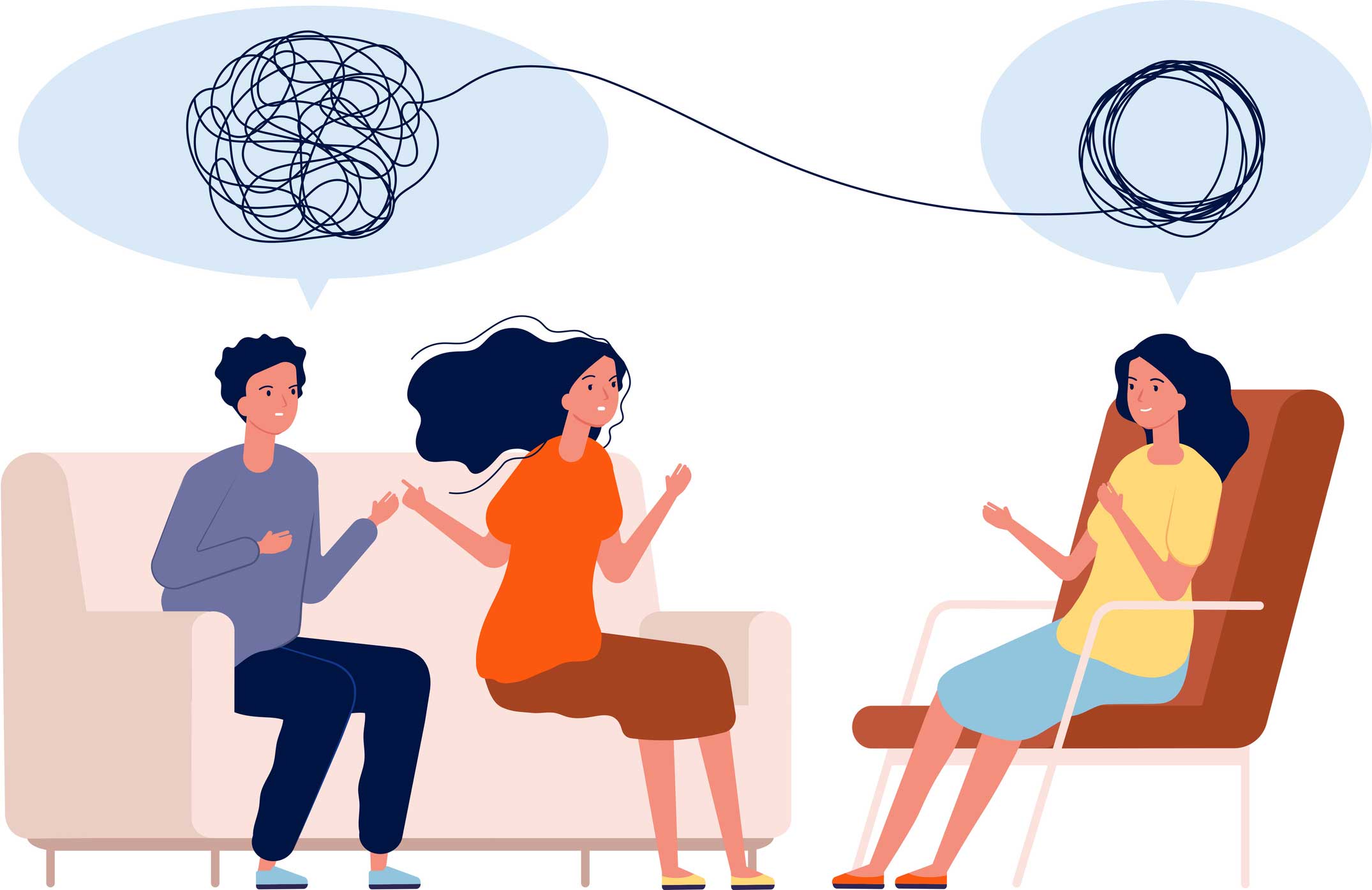When working with a couple that’s in deep distress, it can be a challenge to get each partner to look at his or her own role in the problems. More often than not, both partners blame and try to make the case that the other is at fault. What neither partner wants is for you to expose their vulnerability.
I have an example from nature that illustrates what this looks like in couples’ therapy. It’s about the killdeer – a bird that lays its eggs on the ground. When a fox or a predator gets close to the nest, the momma bird jumps up and spreads her wings wide to attract attention. Then the bird drops one of its wings to the ground as though injured.
As the predator starts chasing the bird, it just keeps flapping a little bit ahead. Each time it gets close, the bird flies away. It continues until the predator is a long way away from the nest and the baby birds have been protected.
This is a process that gets repeated when you’re working with distressed couples. The broken wing is an attempt to lead you, the therapist, away from the nest. And the nest, here, represents each partner’s vulnerabilities – the pain that's underneath their anger and their tender feelings that will lead to change.
Our clients will do all sorts of things to lead us and their partner astray. They will blame, change the subject, or attack. These behaviors lead you away from the nest. Each partner displays a “broken wing” to mislead lead you. And this is something they will do rather reflexively.
So, given these kinds of attempts to lead you off course, how do you begin?
Build Collaboration
In my work, I’ve found it essential to cultivate a sense of collaboration between both partners and with me. This is important because each partner needs to have the sense that we are all working together toward the goal of healing and growing their relationship. What I don’t want is for the couple to believe I am trying to impose my values on them.
There are several important steps involved in building this type of collaboration. First, I try to point out that each partner brings problems and challenges to the relationship, and I do this in a way that doesn’t introduce criticism or blame. For example, I point out that each person has their own strengths and weaknesses. Both partners bring history to the relationship. And depending on each person’s history, certain events can trigger different kinds of emotional reactions.
Obtain Permission
Next, and this is crucial, I ask each partner for permission to coach them through the changes they’ll need to make to improve their reactions and responses to one another. I acknowledge that this will be hard work for all of us, and it will require all of us agreeing to work together.
Introduce Useful Concepts
I also find it useful to introduce certain concepts to couples early on in our work together. For example, with couples who are extremely volatile and angry, I’ll talk with them about how anger can be a narcotic for pain. Finger pointing, blame, and angry outbursts are actions that prevent us from feeling and expressing our own pain.
Another concept that’s important to help couples understand is that it’s human nature for us to want to be accepted by our partner. Each of us wants acceptance from someone who is really important to us.
But there is a catch to this universal desire for acceptance, and that is, when we accept our partner, it means we surrender control. Anytime we try to get one person to respond to their partner with empathy and understanding, we’re asking that person to surrender control. This can be scary. They’re no longer trying to fix their partner to get them to see things their way, and that often triggers a lot of emotion.
So, it’s important to begin trying to disrupt patterns of reactivity right away.
Take Action
Once you’ve begun to lay a foundation for what it’s going to take to create change within their relationship, it’s important to get both partners working together. To do this, I might ask each partner to identify one small, meaningful, and measurable action they can take before our next session. It might be agreeing to do something each knows the other will enjoy. It might mean stopping something that creates conflict within the relationship.
The goal here is to help both partners begin to build trust with one another. This is crucial because it sets the stage for how my clients and I are going to work together.
It takes practice and skill to prevent deeply distressed couples from luring you away from their real issues. But in building a strong foundation of expectations and understanding, you create the context for your clients to experience meaningful change and build on their successes.


 We respect your privacy.
We respect your privacy.




This is concise and brilliant, thank you!
Loved it, so sweet, simple and smart
I like the example.
I wish I’d known this before I took matters into my own hands and called it quits.
Great post! So many useful points, and I love the killdeer analogy!
So difficult to discern the difference between a skillful detour and trauma. Recently I have had people present by saying they have been traumatized… so it’s tricky to be both compassionate and careful yet also see clearly what’s what.
So helpful!! Thanks!!!